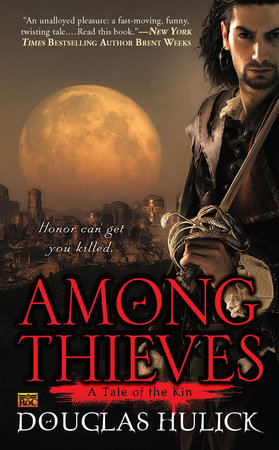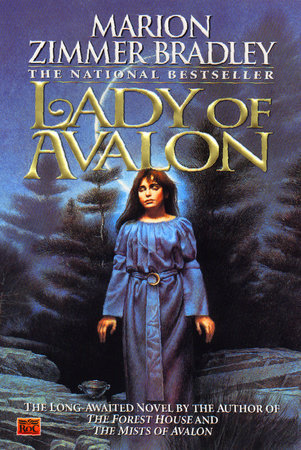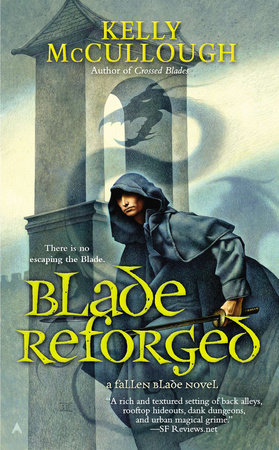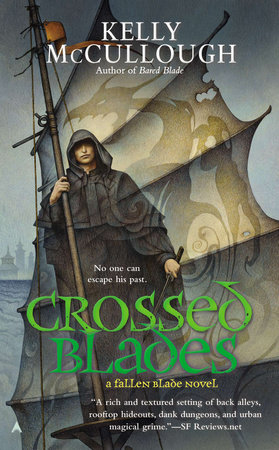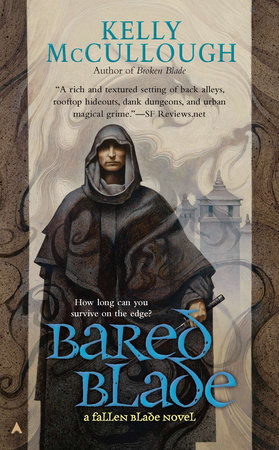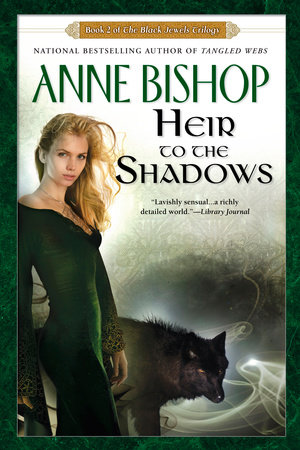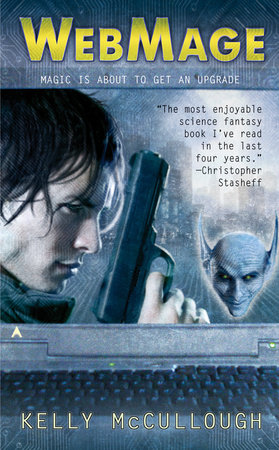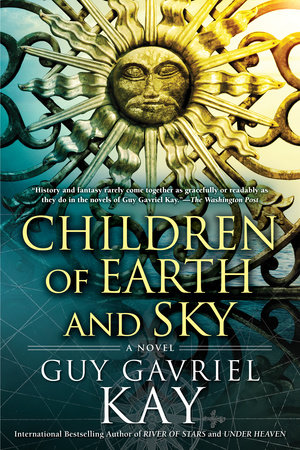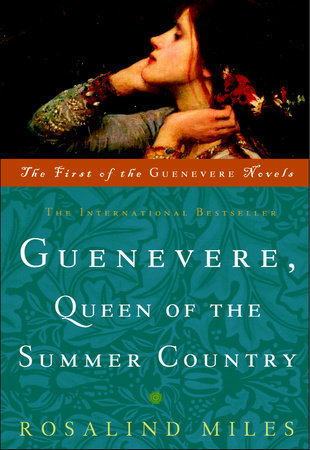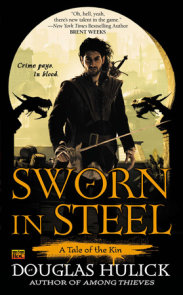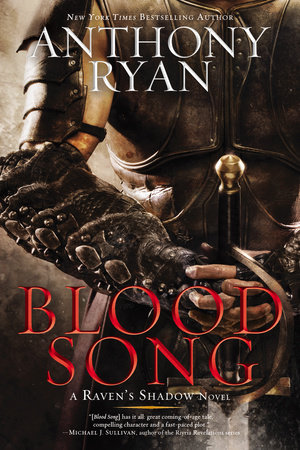When you say in your bio you “study and teach European historical martial arts”, you’re going to get called on it, both in terms of people wondering what the heck you’re talking about, and how it applies to your writing. The most common term for the type of martial art I practice is Western Martial Arts (WMA). What that basically means is the study of historical personal martial traditions, dating roughly from the Middle Ages up through the beginnings of the Victorian era. This can include training in things like long sword, pole arm, rapier, pugilism, Irish cudgel fighting, Victorian cane fighting, and so on. As cool as that may sound, the key word in all this is “study”: we aren’t people stomping about in fields with home-made swords, whacking away at one another (although I’ve done that, too, and it’s fun); rather, most people who practice WMA work from combat manuals written by people who practiced, and often times made their living, teaching this stuff back in the day. Manuals modern people now spend a great deal of time translating and studying and discussing and practicing. Lots of time. Heaping mounds of it, in some cases. (Note: I’m not one of these “heaping mounds of time” people because, well, I don’t have that much time. But I wish I did.) ”Wait,” you say. “Get back to the sword thing. Are you telling me there are actual books about how people used to fight with long swords?” Yup. Lots of them. And the same goes for rapiers. And arming swords. And wrestling. And more. Heck, we even have material on mounted combat. And there are modern schools set up around the study of these arts. ”You mean like karate dojos or something?” A lot like that, yes. But where most Eastern Martial Arts are based on a living tradition (where the arts have been passed down from teacher to student for hundreds of years, or more, in some cases), WMA is drawn almost exclusively from written material. There are no living masters and no direct traditions for us to fall back on. We have to puzzle out what the old masters meant based on their written works, as well as what we know about the society and culture of that time. It’s this kind of kinetic and mental archaeology that hooked me initially, and still fascinates me (well, that and the swords, of course). ”Okay, so you like reading books written by dead guys who used to fight. Great. How’s that help you as a writer?” The neat thing about a lot of these manuals is that rather just telling you how to lunge or cut or throw, they teach a combat system. That means you learn not only, say, how a rapier works in a fight (my specialty, by the way, is the 1610 rapier system of Ridolfo Capoferro), but why what you’re doing succeeds. And that leads to a better understanding of what’s going on during the fight. If I know my main character’s action can lead to this or that or the other kind of specific advantage (or disadvantage), it makes the scene not only easier to block out in my head, but helps the whole fight have a better sense of flow. The thousands of hours spent with a sword in my hand don’t hurt either, of course; but I like to think that WMA has given me a deeper understanding of how a sword fight works, which helps me better convey the action and drama and sheer danger that kind of an encounter can contain. – Doug Hulick
